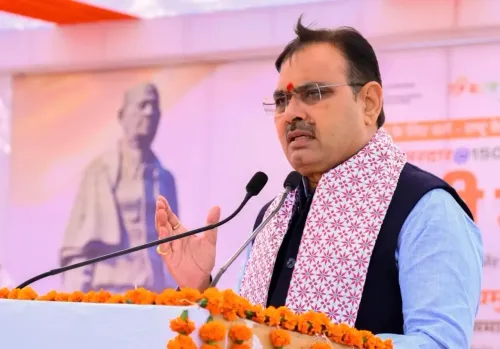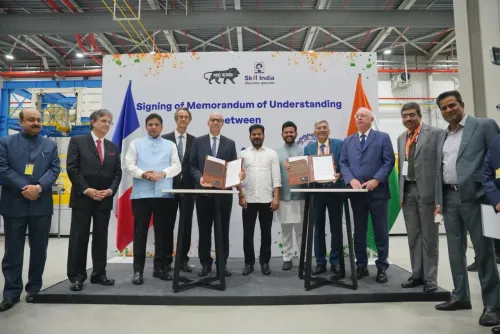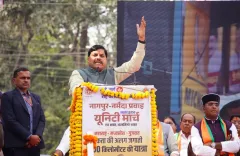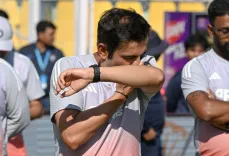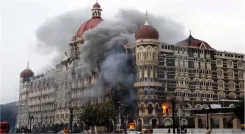Did the Handcuffing of Sabarimala Gold Theft Accused Violate Legal Protocol?
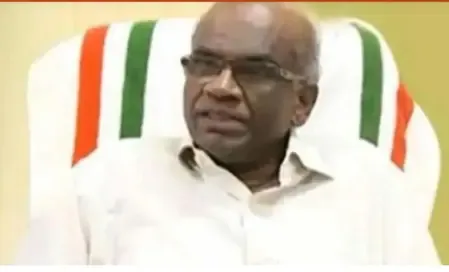
Synopsis
Key Takeaways
- Handcuffing of N. Vasu questioned legal validity.
- Investigation found no police misconduct.
- Concerns raised about procedural norms.
- State Police chief dissatisfied with handling.
- Emphasis on adhering to legal protocols.
Thiruvananthapuram, Nov 26 (NationPress) The probe into the handcuffing of N. Vasu, the former president of the Travancore Devaswom Board (TDB) and a suspect in the Sabarimala gold theft case, during his court appearance earlier this week, has concluded without recommending disciplinary measures against the involved police personnel. Nevertheless, the report did recognize that this action breached legal standards and resulted in embarrassment for the government.
Vasu was escorted from Poojappura Central Jail to the Kollam Vigilance Court while in handcuffs, managed by officers from the Thiruvananthapuram Armed Reserve (AR) Camp.
The police asserted that only one hand was restrained and that it was done with the accused's consent.
They argued that the measure was taken following directives from jail officials, who insisted on strict security protocols to prevent any potential escape.
The police also indicated that personnel from the Special Investigation Team (SIT) were present during the incident.
The escort team included a Sub-Inspector and four constables from the AR camp.
They informed the investigators that Vasu had been informed in advance and that the handcuffing was not meant to demean or discredit him.
Led by the AR Commandant, the inquiry concluded that the action did not constitute intentional misconduct.
However, a different report submitted to the Special Branch DGP highlighted that the officers disregarded provisions outlined in the Bharatiya Nyaya Sanhita (BNS), which delineates the types of offenders eligible for handcuffing.
It noted that considering Vasu's age and the nature of his alleged crimes, handcuffing was unwarranted.
Coincidentally, the State Police chief expressed discontent regarding the situation's management, asserting that the police overlooked essential legal guidelines.
This incident, as per the report, not only violated procedural standards but also cast a negative light on the government.
While no punitive actions have been recommended, the report emphasizes the need for stricter compliance with legal protocols when dealing with accused individuals, especially in sensitive cases involving public figures.
Vasu, a former CPI-M affiliated president of a village council in his early career, later advanced to the role of TDB Commissioner and subsequently its president, consistently serving as a loyal associate to Chief Minister Pinarayi Vijayan.

